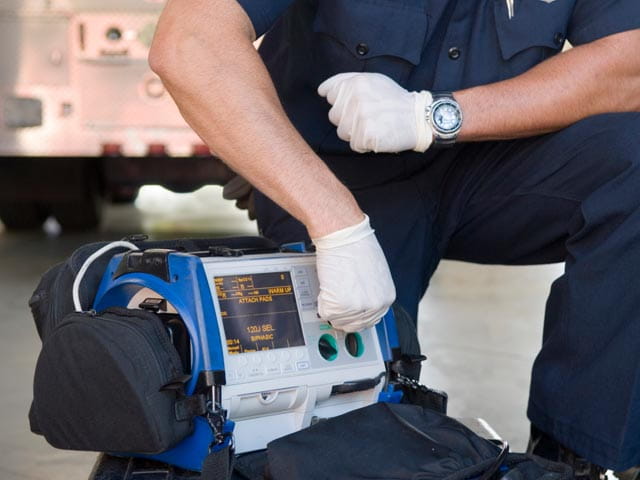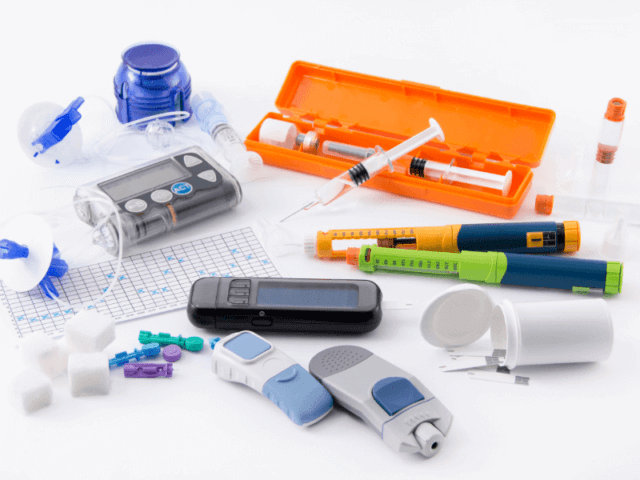In an era where environmental consciousness is at an all-time high, industries worldwide are reevaluating their practices to minimize their ecological footprint. One such critical area under scrutiny is the packaging industry, particularly in the context of medical supplies. With the healthcare sector’s reliance on single-use plastics and non-biodegradable materials, the need for sustainable packaging solutions has never been more pressing. This article delves into the importance of sustainable packaging for medical supplies and explores innovative solutions driving positive change.
The Need for Sustainable Packaging in Healthcare
The healthcare sector is notorious for its substantial contribution to environmental pollution. From disposable syringes to medication packaging, the industry generates vast amounts of waste daily. Much of this waste consists of single-use plastics and other non-recyclable materials, posing a significant threat to the environment and public health.
Moreover, traditional packaging methods often prioritize convenience and cost-effectiveness over sustainability. This approach, while expedient in the short term, leads to long-term consequences such as pollution, resource depletion, and ecosystem degradation. As consumers and regulatory bodies increasingly demand eco-friendly alternatives, healthcare providers and manufacturers face mounting pressure to adopt sustainable packaging practices. For further help, tips, and advice about solutions for medical supplies, get in direct contact to learn more.
Challenges and Considerations
Transitioning to sustainable packaging in the medical field is not without its challenges. Several factors must be considered to ensure the efficacy, safety, and regulatory compliance of eco-friendly alternatives. Some key considerations include:
- Product Protection: Medical supplies are often delicate and susceptible to damage or contamination. Sustainable packaging solutions must provide adequate protection against external factors such as moisture, light, and temperature variations.
- Regulatory Compliance: The healthcare industry is heavily regulated, with stringent requirements for product packaging and labeling. Any sustainable packaging solution must meet these regulatory standards to ensure product safety and legal compliance.
- Supply Chain Implications: Switching to sustainable packaging may necessitate changes throughout the supply chain, from sourcing raw materials to distribution and disposal. Companies must assess the logistical and financial implications of these changes to ensure a smooth transition.
- Cost Considerations: While sustainable packaging is increasingly cost-competitive with traditional options, upfront investment costs and economies of scale can still pose barriers to adoption for some organizations.

Innovative Solutions Driving Change
Despite these challenges, numerous innovative solutions are emerging to address the demand for sustainable packaging in the healthcare sector. Some notable examples include:
- Biodegradable Materials: Bioplastics derived from renewable sources such as cornstarch, sugarcane, or cellulose offer a promising alternative to traditional plastics. These materials decompose naturally, reducing reliance on fossil fuels and minimizing environmental impact.
- Reusable Packaging: Implementing reusable packaging systems for medical supplies can significantly reduce waste generation. By sterilizing and reusing containers, trays, and other packaging components, healthcare facilities can lower costs and minimize their environmental footprint.
- Compostable Packaging: Compostable materials, such as certain types of paper and plant-based plastics, break down into organic matter when discarded. Composting these materials diverts waste from landfills and contributes to soil health, closing the loop on the packaging lifecycle.
- Smart Packaging Technologies: Innovations in smart packaging, such as temperature-sensitive labels and moisture-absorbing materials, can help maintain product integrity during storage and transportation. By minimizing spoilage and reducing the need for excess packaging, these technologies enhance sustainability while ensuring product safety.
Conclusion
In conclusion, the shift towards sustainable packaging solutions for medical supplies is both a moral imperative and a strategic necessity. By reducing waste, conserving resources, and mitigating environmental harm, healthcare providers and manufacturers can uphold their commitment to public health while safeguarding the planet for future generations. While challenges persist, ongoing innovation and collaboration across the industry offer hope for a more sustainable future.








